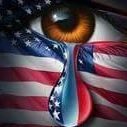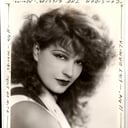When did the U.S. Patent Office issue a patent for the telephone to Alexander Graham Bell?
In 1875, Alexander Graham Bell developed an acoustic telegraph and drew up a patent application for it. Since he had agreed to share U.S. profits with his investors Gardiner Hubbard and Thomas Sanders, Bell requested that an associate in Ontario, George Brown, attempt to patent it in Britain, instructing his lawyers to apply for a patent in the U.S. only after they received word from Britain (Britain would issue patents only for discoveries not previously patented elsewhere).
Meanwhile, Elisha Gray was also experimenting with acoustic telegraphy and thought of a way to transmit speech using a water transmitter. On February 14, 1876, Gray filed a caveat with the U.S. Patent Office for a telephone design that used a water transmitter. That same morning, Bell's lawyer filed Bell's application with the patent office. There is considerable debate about who arrived first and Gray later challenged the primacy of Bell's patent. Bell was in Boston on February 14 and did not arrive in Washington until February 26.
Bell's patent 174,465, was issued to Bell on March 7, 1876, by the U.S. Patent Office. Bell's patent covered "the method of, and apparatus for, transmitting vocal or other sounds telegraphically ... by causing electrical undulations, similar in form to the vibrations of the air accompanying the said vocal or other sound" Bell returned to Boston the same day and the next day resumed work, drawing in his notebook a diagram similar to that in Gray's patent caveat.
More Info:
en.wikipedia.org








